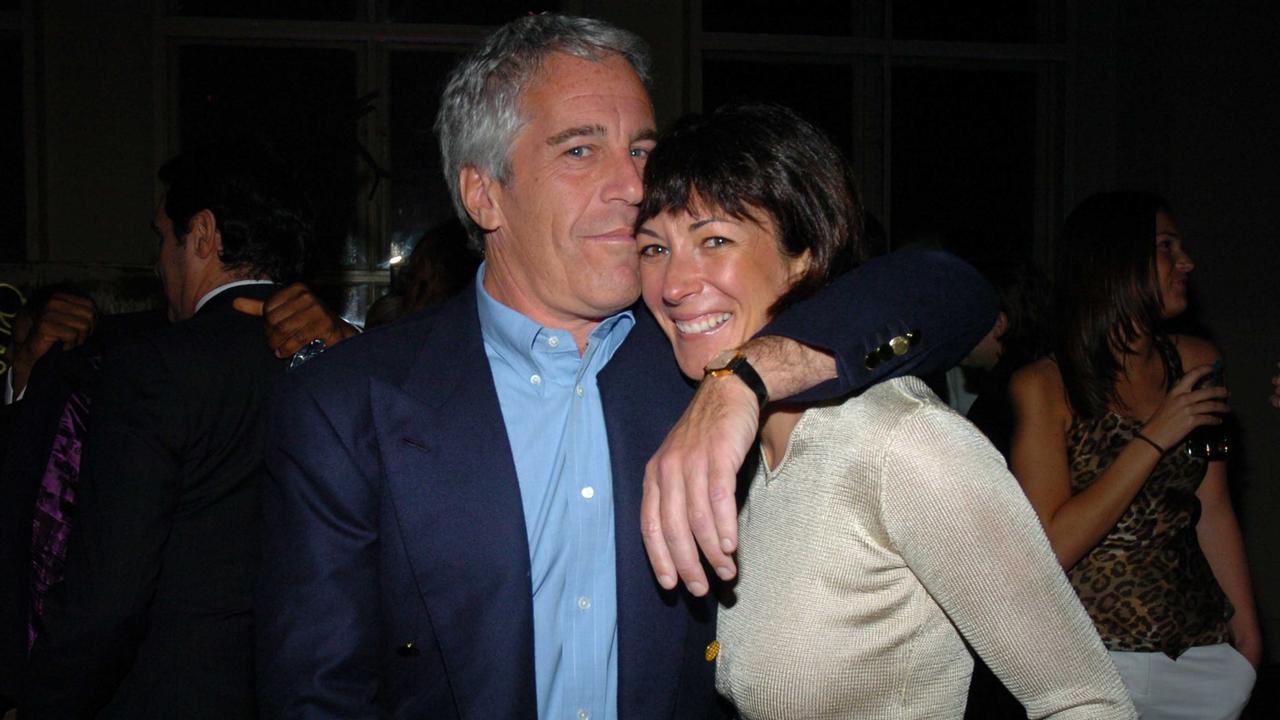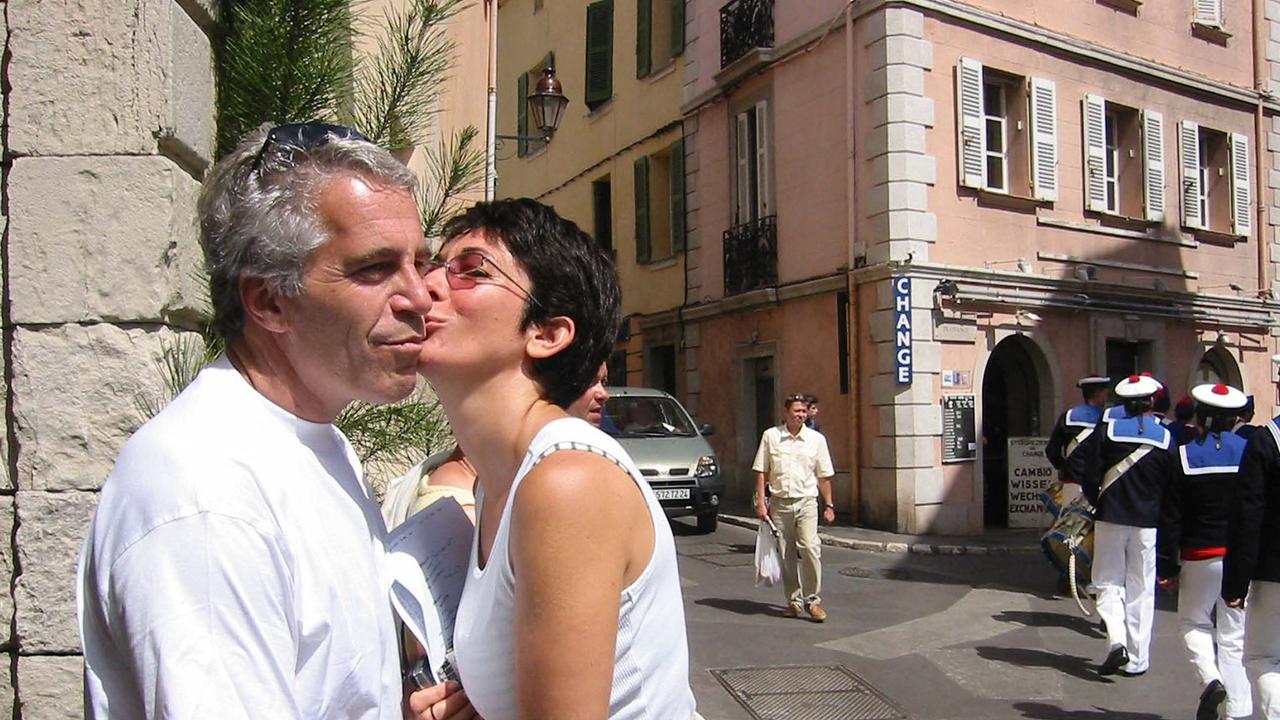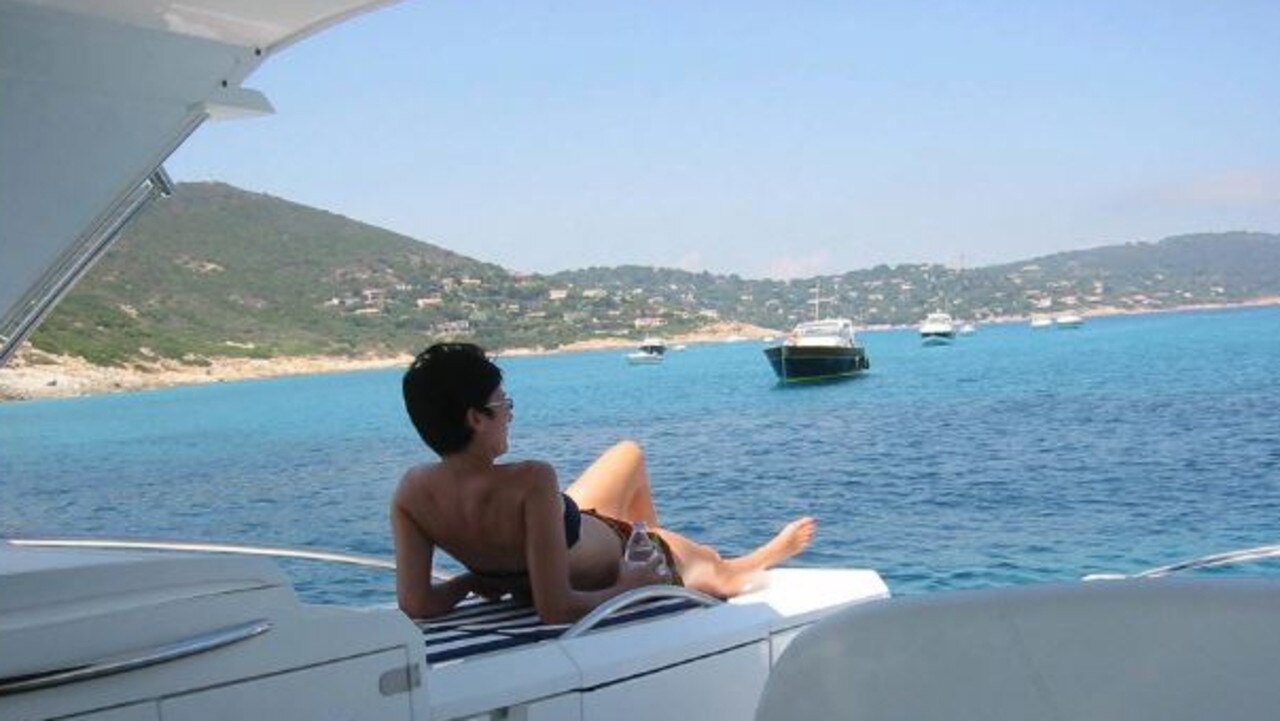Inside Ghislaine Maxwell’s glamorous life as Jeffrey Epstein’s madam
Described as Jeffrey Epstein’s “No. 2” and the “lady of the house”, the British socialite lived a glitzy and glamorous life before she was convicted of sex crimes.
Now she’ll be the “lady” of the big house.
Ghislaine Maxwell, who lived a life of glitz and glamour for years as Jeffrey Epstein’s right hand and one-time lover, may never taste freedom again following her sex-trafficking conviction.
The New York Post reports former employees of Epstein described Maxwell, 60, as the “No. 2” to the paedophile financier – and the “lady of the house” in at least one of his sprawling estates.
Accounts differ as to when the British socialite – the Oxford-educated youngest child of late publishing baron Robert Maxwell –—first met Epstein, but by the early 1990s, the two were dating.
During that time, Maxwell was a fixture of the New York social scene, parading around parties on Epstein’s arm and rubbing elbows with celebrities and politicians.
Even after their romantic relationship cooled in the 2000s, Maxwell stayed fiercely loyal to the sex offender.
Stream the latest on the Ghislaine Maxwell trial on Flash, Australia’s biggest news streaming service. New to Flash? Try 14 days free >

Jurors were shown dozens of undated pictures of the two canoodling in various locations over the years – including a series of photos of Maxwell giving Epstein a risqué foot rub aboard one of his private jets, her breasts spilling out of her shirt.
She enjoyed a jetsetting lifestyle at his side, travelling with him to his homes in Paris, London and to his private isle in the US Virgin Islands, dubbed “Little St. Jeff’s” – where multiple women say they were sexually abused.
As Epstein’s closest confidante, Maxwell managed his multiple homes and instituted strict rules for staff – ensuring her and Epstein’s seamy behaviour was kept under wraps, according to ex-housekeeper Juan Alessi.
“I was supposed to be blind, deaf and dumb and say nothing of their lives,” testified Alessi, who worked at Epstein’s palatial Palm Beach home in Florida from 1990 to 2002 and gave a glimpse into the moneyman’s life with his madam.

Alessi told jurors about a 58-page booklet with instructions Maxwell handed out to staffers, dictating everything from how employees should address her and Epstein to what they wanted for breakfast.
The manual instructed workers to “see nothing, hear nothing, say nothing”.
“Try to anticipate the needs of Mr Epstein, Ms Maxwell and their guests,” one of the commands read.
Employees were expected to “run the house like a five-star hotel,” keeping Epstein’s cars stocked with $US100 ($A138) bills in them for his visits.
Maxwell, Alessi testified, once told him that Epstein didn’t like being looked in the eye.
“You should never look at his eyes,” he said Maxwell ordered him.
Alessi said Epstein was at his Palm Beach home, one of several residences he owned, nearly every weekend, and that Maxwell accompanied him “95 per cent of the time”.
He described a close-knit relationship between Epstein and his madam.
Even though she had her own room at the mansion, “she was sleeping in Mr Epstein’s bedroom,” he said.

Jurors got a look inside the Florida estate – seeing how Epstein kept a naked photo of his companion on a desk and a black and white portrait of Maxwell displayed on the wall.
Over the course of her relationship with Epstein, Maxwell maintained her own home in London, where one of her four accusers, Kate, a former model, testified she was coaxed into giving the rich creep a sexual massage.
In New York, Maxwell was apparently forced to “downsize” to a studio apartment after the sudden 1991 death of her father, who fell off his yacht, named the Lady Ghislaine.
David Rodgers, a former pilot for Epstein, testified that a few years later, however, Maxwell was living in her own five-story Upper East Side townhouse.
She sold it in 2016 for $US15 million ($A20.6 million).

At the time of her arrest, she was living in a $US1 million ($A1.3 million) New Hampshire estate, to which she escaped following Epstein’s suicide behind bars in August 2019, a month after his arrest on sex-trafficking charges.
Prosecutors pointed to money – and a sick desire to secure her position of wealth and power – as Maxwell’s motive for helping Epstein mount a “pyramid scheme of abuse” of underage girls.
The government noted that Epstein transferred some $US30 million ($A41.3 million) to Maxwell over the years, with Assistant US lawyer Alison Moe telling the jury: “You don’t give someone $30 million unless they’re giving you exactly what you want, and what Epstein wanted was to touch underage girls.
“When Maxwell took that money, she knew what it was for and now you do too,” Moe said in her closing argument, “It was payment for committing terrible crimes with Jeffrey Epstein.”
This article originally appeared in the New York Post and was reproduced with permission





